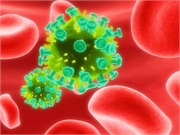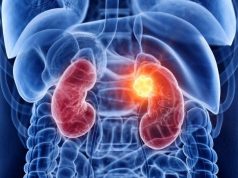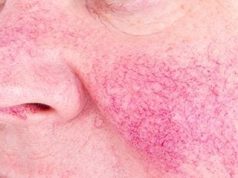Reduction of viral load seen nine days after dose; sustained plasma exposure seen for more than six months
WEDNESDAY, July 8, 2020 (HealthDay News) — A small molecule that disrupts the functions of the HIV capsid protein, GS-6207, demonstrates a reduction in plasma viral load and shows sustained plasma exposure, according to a study published online July 1 in Nature.
John O. Link, Ph.D., from Gilead Sciences in Foster City, California, and colleagues describe GS-6207, which disrupts the functions of the HIV capsid protein and has high potency, low in vivo systemic clearance, and slow release kinetics from the subcutaneous injection site, making it amenable to long-acting therapy. GS-6207 was designed to bind tightly at a conserved interface between capsid protein monomers, where it interferes with capsid-protein-mediated interactions between proteins needed for the viral replication cycle.
The researchers found that at picomolar concentrations, GS-6207 exhibited antiviral activity against all subtypes of HIV-1 that were tested, demonstrating high synergy and no cross-resistance with approved antiretroviral drugs. After nine days, monotherapy with a single subcutaneous dose of GS-6207 (450 mg) resulted in a mean log10-transformed reduction of plasma viral load of 2.2 in phase 1 clinical studies; for more than six months, sustained plasma exposure at antivirally active concentration was seen.
“The favorable safety profile, prolonged pharmacokinetic exposure and observed antiviral efficacy in humans support continued clinical development of GS-6207 as a long-acting antiretroviral agent for the treatment of infection with HIV-1, including for people living with HIV who are heavily treatment-experienced and have multidrug-resistant virus,” the authors write.
Several authors disclosed financial ties to biopharmaceutical companies, including Gilead, the developer of GS-6207.
Abstract/Full Text (subscription or payment may be required)
Copyright © 2020 HealthDay. All rights reserved.








